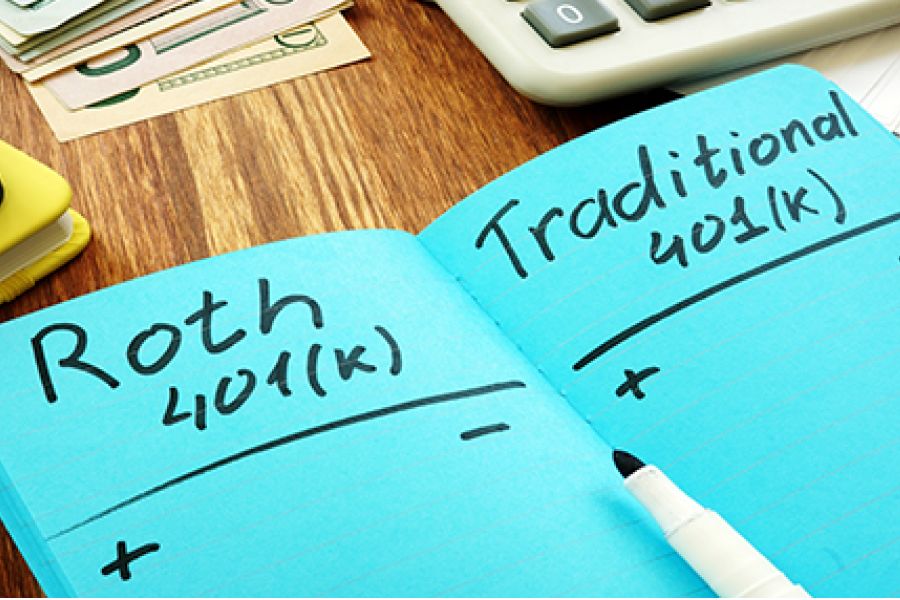Socking away money in a tax-advantaged retirement plan can help you reduce taxes and help secure a comfortable retirement. If your employer offers a 401(k) or Roth 401(k), contributing to the plan is a smart way to build a substantial nest egg. If you’re not already contributing the maximum allowed, consider increasing your contribution. Because of tax-deferred compounding (tax-free in the case of Roth accounts), boosting contributions can have a major impact on the amount of money you’ll have in retirement. With a 401(k), an employee makes an election to have a certain amount of pay deferred and contributed by an employer on his or her behalf to the plan. The amounts are indexed for inflation each year and not surprisingly, they’re going up quite a bit....






